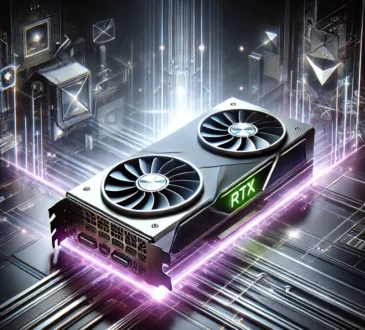As the AI landscape continues to evolve at a breakneck pace, the question on everyone’s mind is: what’s next? Will the rapid advancements in Large Language Models (LLMs) continue unabated, or are we on the cusp of a significant slowdown? In this article, we’ll explore the current state of LLMs, the emerging trends, and the potential implications for the future of AI.
The Rise of LLMs: A Parabolic Trajectory
The past few years have seen an explosion in LLM development, with models like OpenAI’s GPT-3, GPT-3.5, and GPT-4 pushing the boundaries of what’s possible. Each successive release has brought significant improvements in power, capacity, and capabilities, catapulting LLMs into the public consciousness. The impact has been profound, with chatbot effectiveness, content generation, and language understanding experiencing quantum leaps.
A Looming Slowdown: Signs and Symptoms
However, recent releases, such as GPT-4 Turbo, GPT-4 Vision, and GPT-4o, have begun to show a worrying trend: diminishing progress in power and range with each generation. While still impressive, the incremental improvements in these models are less pronounced than their predecessors. Moreover, other LLMs, like Claude 3 from Anthropic and Gemini Ultra from Google, seem to be converging around similar speed and power benchmarks to GPT-4.
This slowdown has significant implications for the future of AI. As the LLMs go, so goes the broader world of AI. Each substantial improvement in LLM power has made a big difference to what teams can build and, even more critically, get to work reliably. With the specter of a slowdown looming large, the question on everyone’s mind is: what’s next?
Implications for the Future of AI
A slowdown in LLM progress could have far-reaching consequences for the AI industry. Here are a few potential implications:
- Stagnating Innovation: With LLMs as the driving force behind AI innovation, a slowdown in their development could lead to stagnating innovation across the industry. This could have significant repercussions for companies relying on AI-powered solutions.
- Shift in Research Focus: As the returns on LLM investments begin to dwindle, researchers and developers may start exploring alternative avenues for AI innovation, such as multimodal models, visual intelligence, or edge AI.
- Increased Emphasis on Optimization: With diminishing returns on raw computing power, the focus may shift towards optimizing existing LLM architectures, exploring efficient deployment strategies, and developing novel applications for current capabilities.
- Rise of Specialized AI: A slowdown in LLM progress could lead to a renewed focus on developing specialized AI systems, tailored to specific domains or applications, rather than relying on general-purpose LLMs.
The Next Frontier: GPT-5 and Beyond
The upcoming release of GPT-5 has generated significant buzz, with many eagerly anticipating a major leap forward. However, OpenAI seems to be managing expectations carefully, perhaps aware of the growing uncertainty surrounding the pace of LLM progress. If GPT-5 fails to deliver a substantial improvement, it could signal a sustained slowdown in LLM development.
Conclusion
The AI landscape is at a crossroads. As we await the next chapter in the LLM saga, it’s essential to acknowledge the emerging trend: diminishing progress in power and range with each generation. This slowdown has far-reaching implications for the future of AI, from stagnating innovation to shifting research focus. Whether GPT-5 will surprise us or confirm our worries remains to be seen. One thing is certain: the future of AI will be shaped by the complexes of LLMs, and we must be prepared for whatever comes next.
What do you think? Will the slowdown in LLM progress be a minor blip or a sustained trend? Share your thoughts in the comments below!




